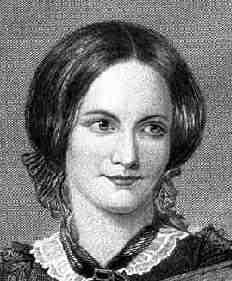4.
In Chapter 3 (page 20), Jane mentions reading
Gulliver’s Travels. What is that story about, and what are Jane’s thoughts about it? (It’s mentioned again on page 231.)
Also known as
Travels into Several Remote Nations of the World. In Four Parts. By Lemuel Gulliver, First a Surgeon, and then a Captain of Several Ships.
It was written in 1726 by Jonathan Swift.
It discusses, or makes fun of, human nature and the "travelers' tales".
Plot: Lemuel Gulliver is an avid traveler, even though traveling hinders him. He becomes shipwrecked in Lilliput and becomes loved there and becomes a Court member. He is eventually considered a criminal and he leaves and goes to Blefuscu to sail home (his original home).
On his way home he loses his way and takes refuge with a family for awhile until he can travel again.
This happens multiple times- he tries to head home, something bad occurs and he must stay in different countries and towns with different people for different amounts of time. He finally makes it back to his original hometown but decides to go back out at sea. His crew ditches him on land and he makes stay there with Houyhnhnms until he is forced to leave there. He gets saved by another ship, finally returns to his original home and goes insane there.
This relates to Jane Eyre because Jane, although she has no where to go and no original home to go back to like Lemuel Gulliver, is traveling from place to place with no one to turn to and she is all alone with no allies. She becomes a part of one community, only to be forced to leave or feels as though she must leave. She and Lemuel Gulliver are both interlopers, and do best on their own.
Mentioned in the Jane Eyre:
"Bessie asked if I would have a book: the word BOOK acted as a transient stimulus, and I begged her to fetch
Gulliver's Travels from the library. This book I had again and again perused with delight. I considered it a narrative of facts, and discovered in it a vein of interest deeper than what I found in fairy tales: for as to the elves, having sought them in vain among foxglove leaves and bells, under mushrooms and beneath the ground-ivy mantling old wall-nooks, I had at length made up my mind to the sad truth, that they were all gone out of England to some savage country where the woods were wilder and thicker, and the population more scant; whereas, Lilliput and Brobdignag being, in my creed, solid parts of the earth's surface, I doubted not that I might one day, by taking a long voyage, see with my own eyes the little fields, houses, and trees, the diminutive people, the tiny cows, sheep, and birds of the one realm; and the corn-fields forest-high, the mighty mastiffs, the monster cats, the tower-like men and women, of the other. Yet, when this cherished volume was now placed in my hand--when I turned over its leaves, and sought in its marvellous pictures the charm I had, till now, never failed to find--all was eerie and dreary; the giants were gaunt goblins, the pigmies malevolent and fearful imps,
Gulliver a most desolate wanderer in most dread and dangerous regions. I closed the book, which I dared no longer peruse, and put it on the table, beside the untasted tart" (17 Ch. 3).
SONG CHOICE:
When Jane must leave Thornfield and be on her own











